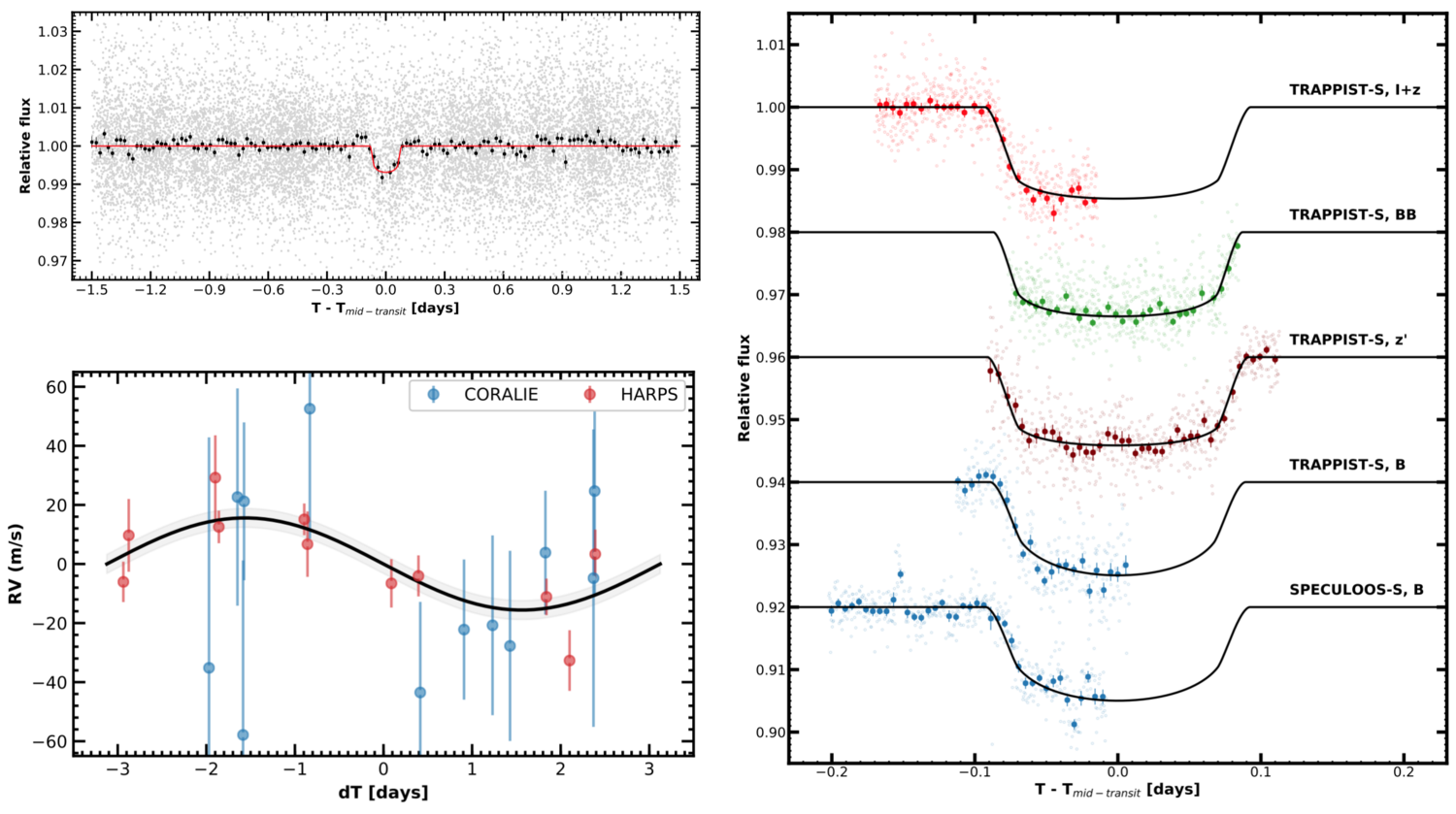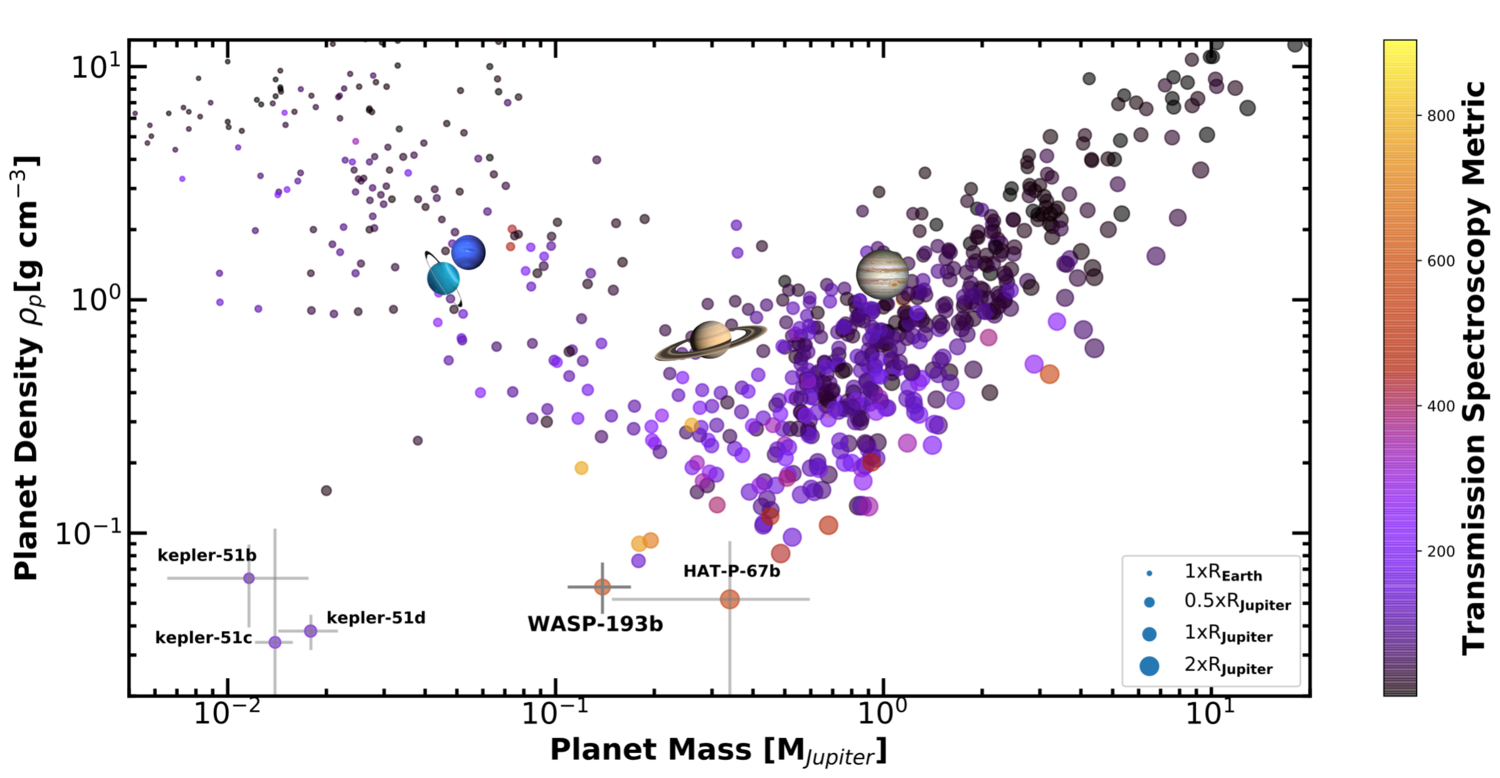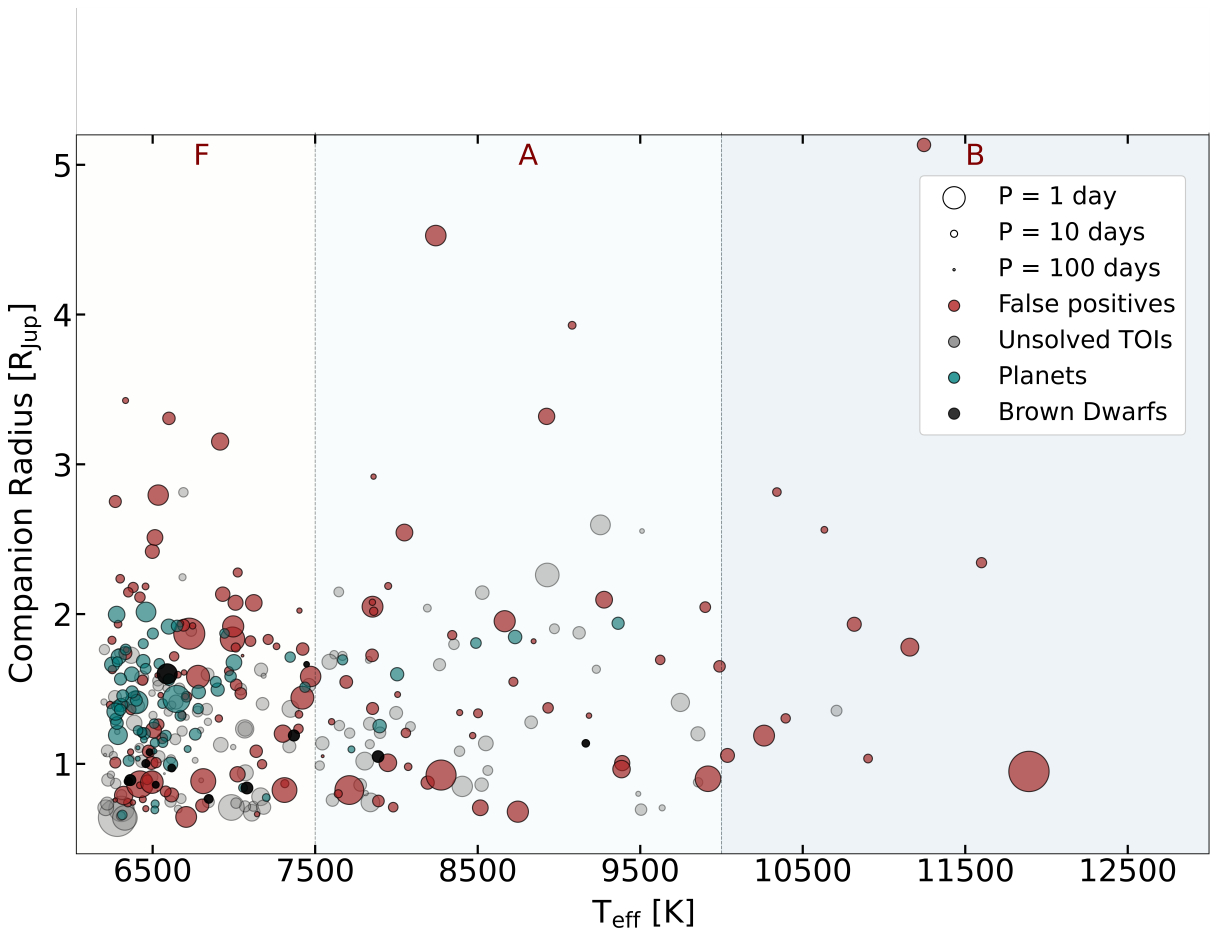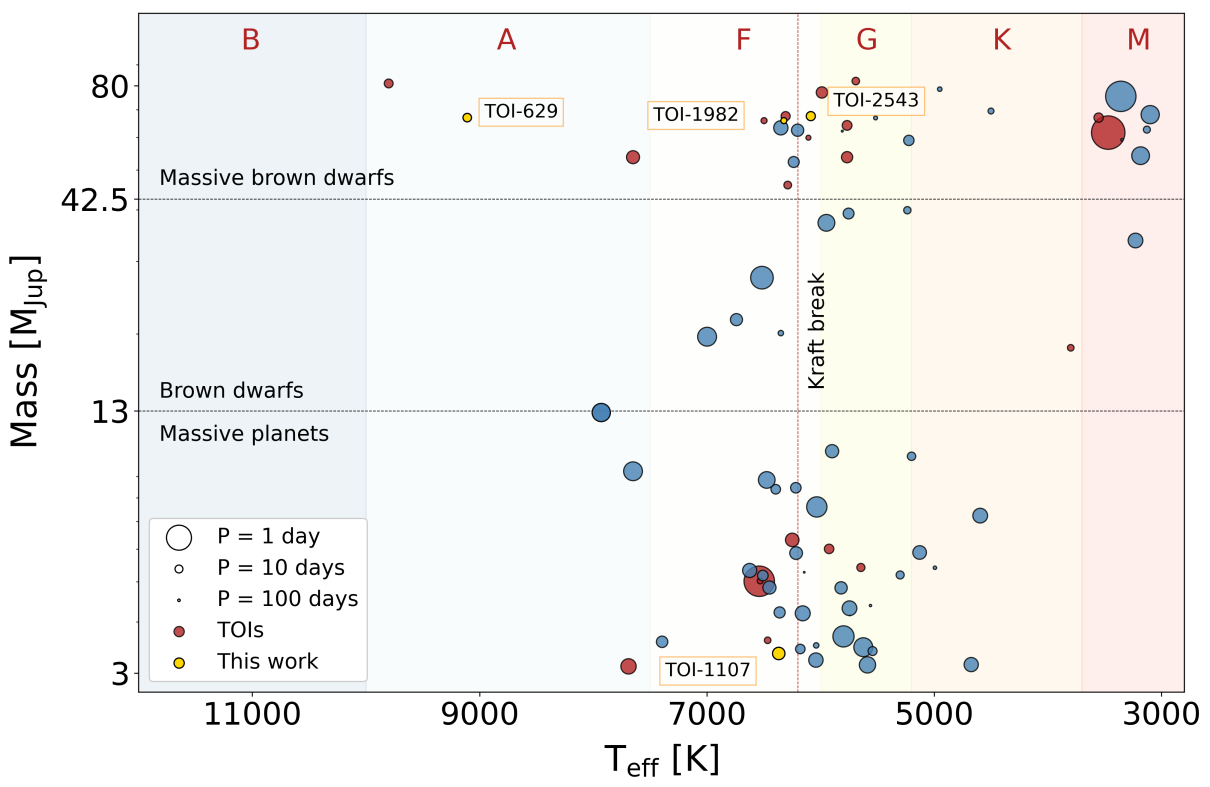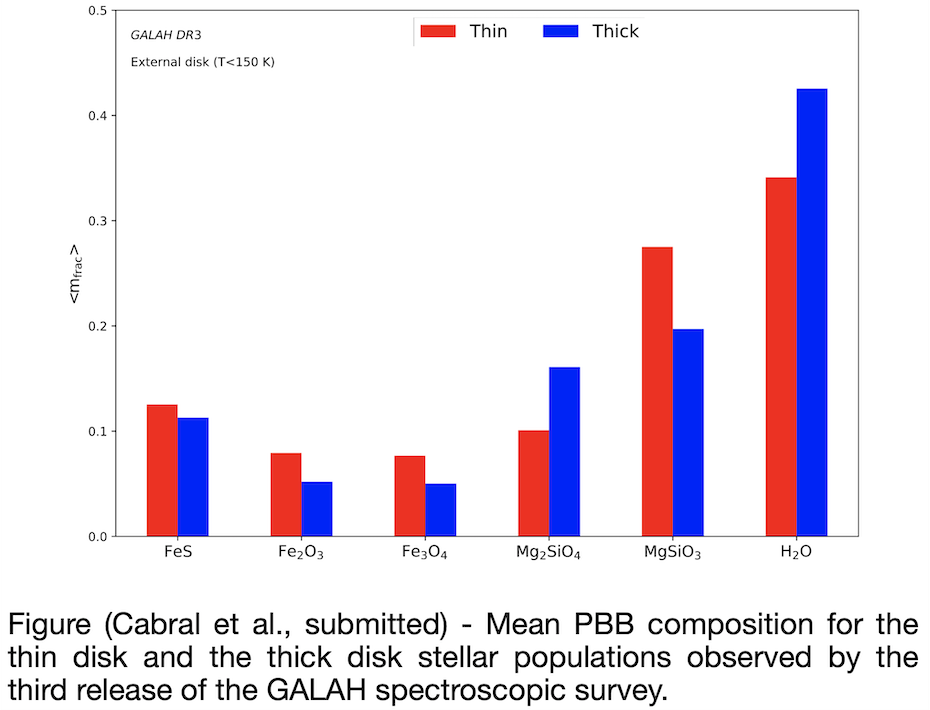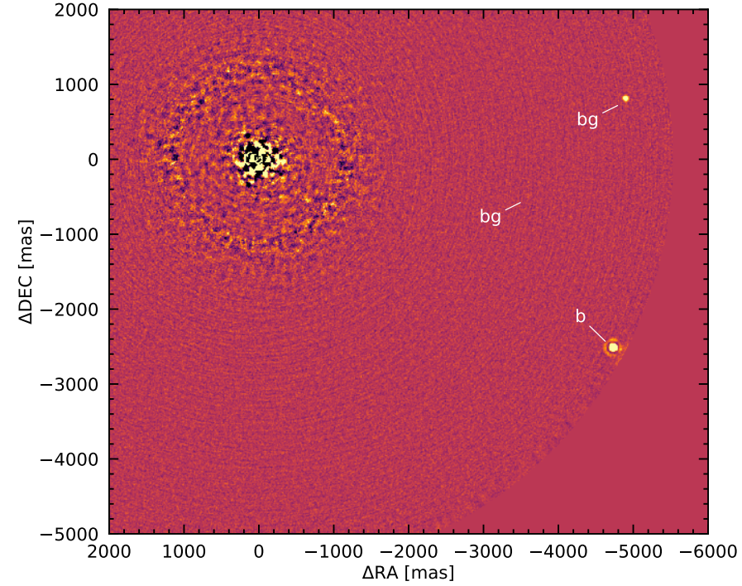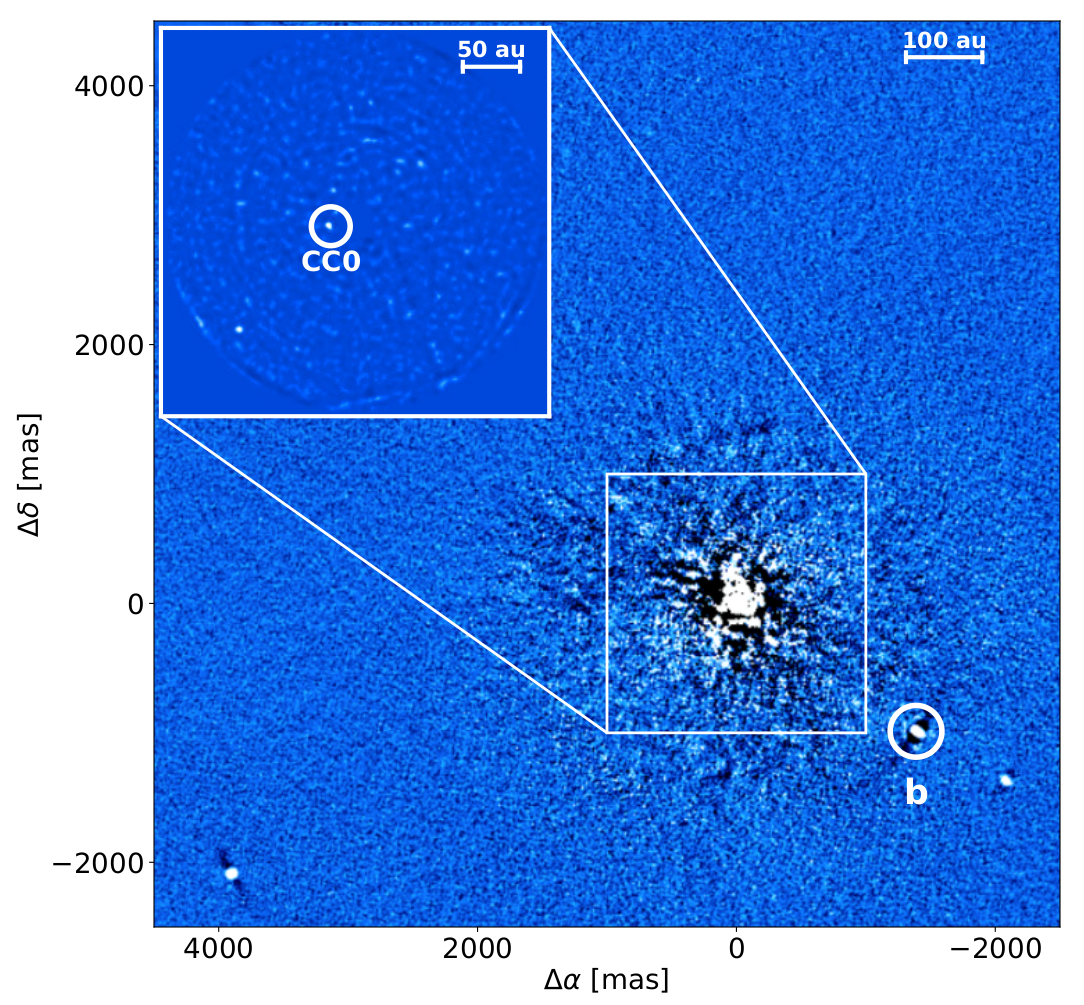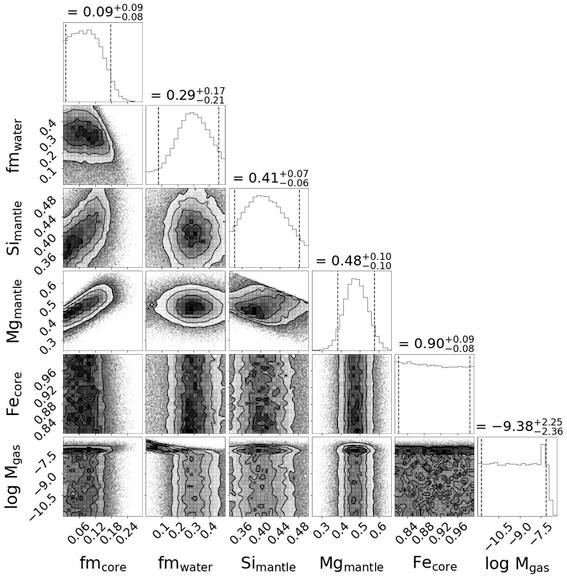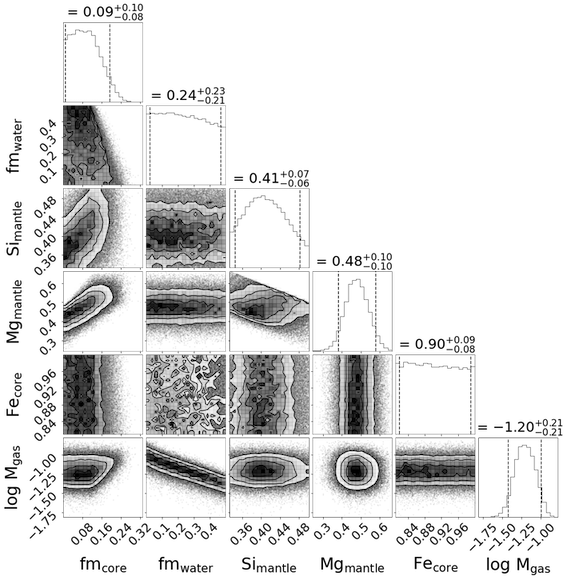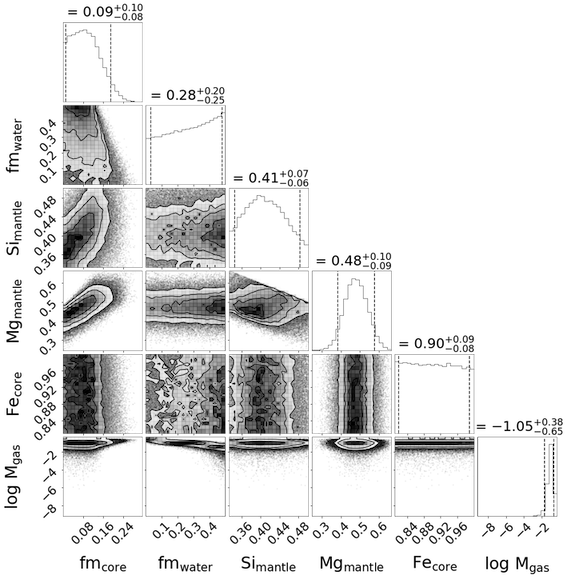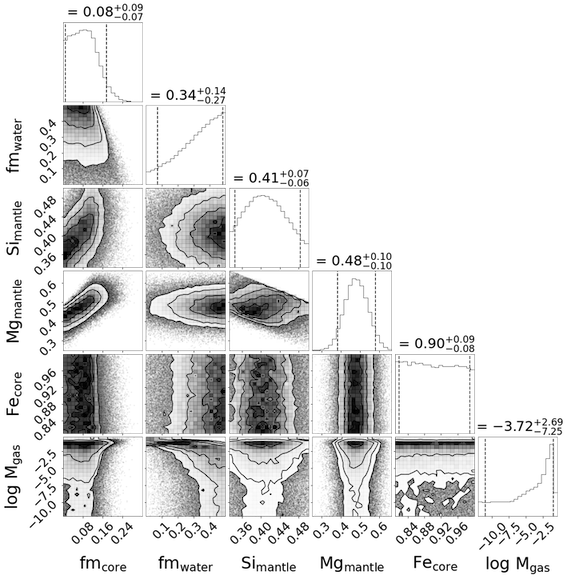EXOA9
Towards better understanding planets and planetary systems diversity
Co-organized by MITM
Session assets
Discussion on Slack
Orals: Fri, 23 Sep, 12:00–13:30 | Room Albéniz+Machuca
Particular systems
12:40–12:50
|
EPSC2022-1233
|
ECP
General picture of exoplanets
12:50–13:00
|
EPSC2022-74
|
MI
13:10–13:20
|
EPSC2022-643
|
ECP
13:20–13:30
|
EPSC2022-894
Posters: Thu, 22 Sep, 18:45–20:15 | Poster area Level 2
L2.57
|
EPSC2022-250
|
ECP
Characterizing TESS exoplanets orbiting M dwarfs with ExTrA
(withdrawn)
L2.60
|
EPSC2022-481
|
ECP
Next Generation of Noise Correction Techniques to Push the Limits of Exoplanet Transit Measurements
(withdrawn)
L2.62
|
EPSC2022-858
|
ECP
Investigating sub-Neptunes orbiting M dwarfs with ESPRESSO and NIRPS
(withdrawn)
L2.64
|
EPSC2022-1020
Leveraging the synergy between TESS and SPECULOOS: Hunting for exoplanets around the nearest late M dwarfs
(withdrawn)
L2.67
|
EPSC2022-514
|
ECP


